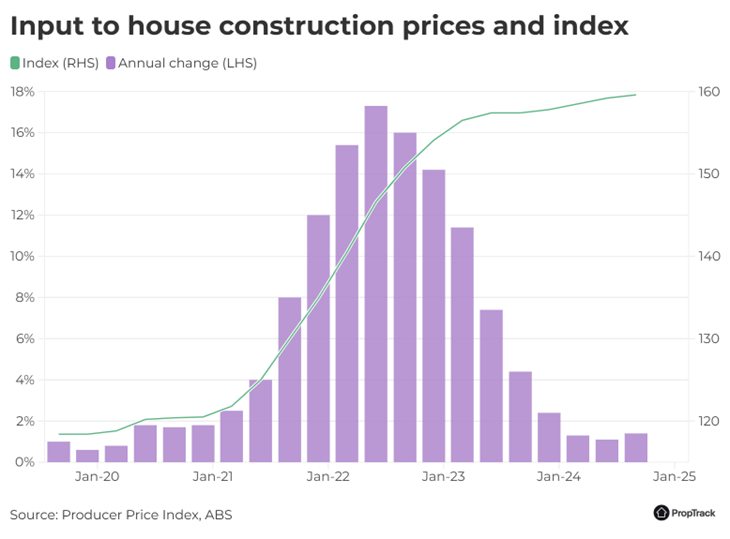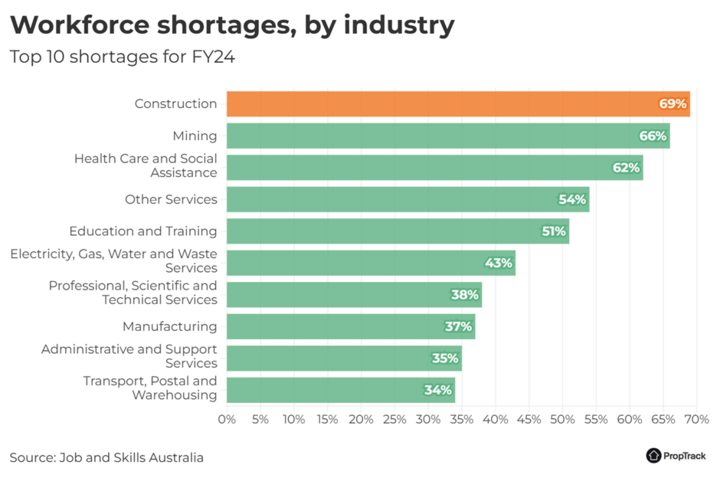

Despite a slight increase in new home starts, recent data from ABS indicated that construction is significantly lagging behind the federal government’s ambitious goal, PropTrack reported.
The government aims to construct 1.2 million strategically situated homes over five years starting in mid-2024.
As the National Housing Accord enters its third month, the figures from Q3 2024 showed only a modest 4.6% quarterly growth in dwelling commencements, totaling 43,247 in seasonally adjusted terms, far below the 60,000 quarterly rate needed.
Over the past year, the construction of new homes reached 165,048, missing the annual target of 200,000 necessary to address the housing shortfall effectively.
At the current rate, projections suggest a potential deficit of approximately 375,000 homes, or 30%, from the five-year target, PropTrack reported.
“To achieve the 1.2 million home target by 2029, we need an annual increase of 75,000 homes from our current trajectory – a 45.5% rise in construction activity,” said Eleanor Creagh (pictured above), a senior economist at REA Group.
The residential construction sector faces significant hurdles, including capacity constraints and elevated costs, which may thwart efforts to meet housing demands.
These challenges are particularly pronounced in high-density housing projects, where feasibility is tightly squeezed by rising labor and material costs, alongside increasing financing and holding expenses.

There is a critical need for policy intervention to bolster the construction industry’s capacity.
The strongest growth has been seen in detached housing starts, with a 20.5% increase over the past year. However, a meaningful recovery in housing supply, especially in high-density sectors, is essential for substantial progress, Creagh said.
Experts argued for planning and zoning reforms to unlock additional housing supply and expedite approvals.
Moreover, addressing labour shortages and enhancing industry productivity through innovation and advanced manufacturing techniques could reverse the productivity decline witnessed over the past decade and boost output.

As the population increases, a dual approach of supporting new supply and implementing policies to optimise the use of existing properties is vital.
Without decisive actions to overcome these barriers, the struggle with housing affordability is likely to persist, impacting both the housing and rental markets across Australia, Creagh said.
Read the full PropTrack report on LinkedIn.
